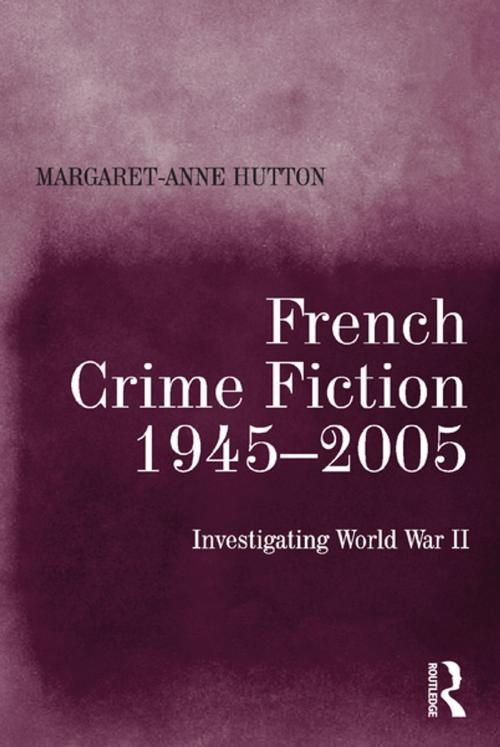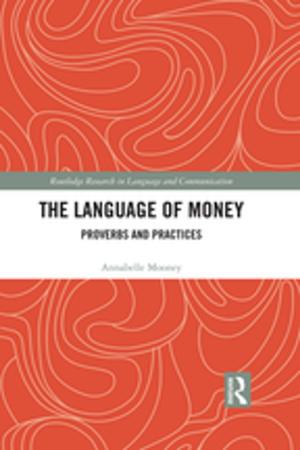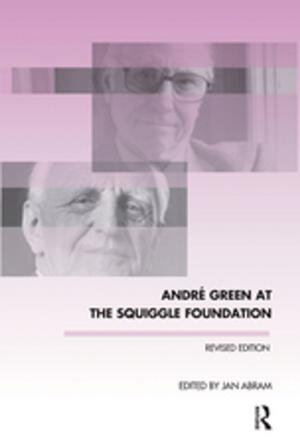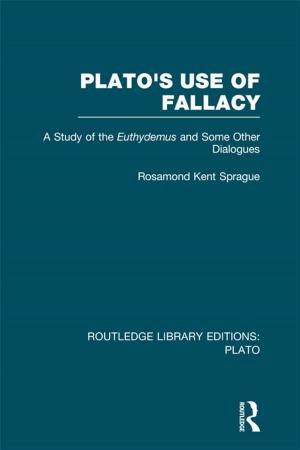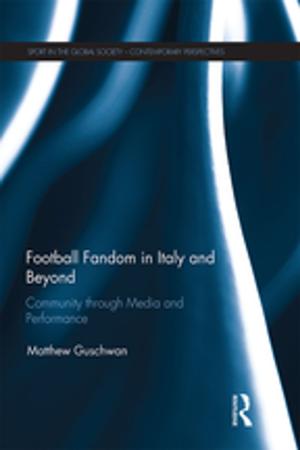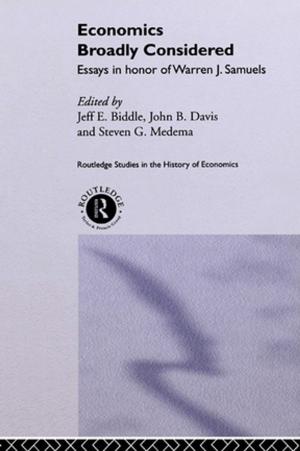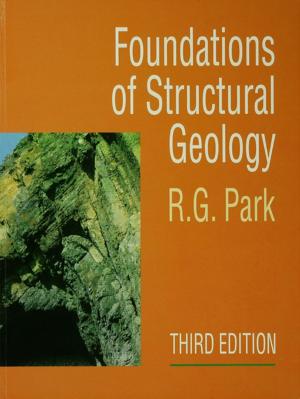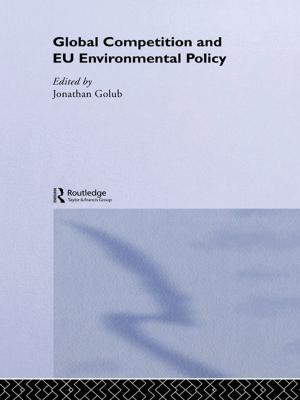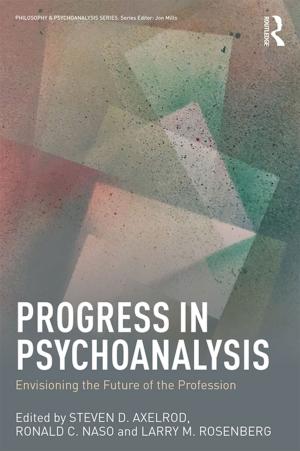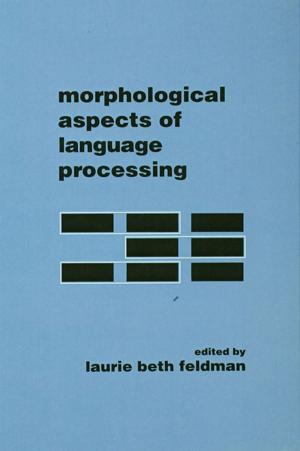French Crime Fiction, 1945–2005
Investigating World War II
Fiction & Literature, Literary Theory & Criticism, Gothic & Romantic| Author: | Margaret-Anne Hutton | ISBN: | 9781317132691 |
| Publisher: | Taylor and Francis | Publication: | April 22, 2016 |
| Imprint: | Routledge | Language: | English |
| Author: | Margaret-Anne Hutton |
| ISBN: | 9781317132691 |
| Publisher: | Taylor and Francis |
| Publication: | April 22, 2016 |
| Imprint: | Routledge |
| Language: | English |
In the first major study of representations of World War II in French crime fiction, Margaret-Anne Hutton draws on a corpus of over a hundred and fifty texts spanning more than sixty years. Included are well-known writers (male and female) such as Aubert, Simenon, Boileau-Narcejak, Vargas, Daeninckx, and Jonquet, as well as a broad range of lesser-known authors. Hutton's introduction situates her study within the larger framework of literary representations of World War II, setting the stage for her discussions of genre; the problem of defining crimes and criminals in the context of the war; the epistemological issues that arise in the relationship between World War II historiography and the crime novel; and the temporal textures linking past crimes to the present. Filling a gap in the fields of crime fiction and fictional representations of the War, Hutton's book calls into question the way both crime fiction and the French theatre of World War II have been conceptualized and codified.
In the first major study of representations of World War II in French crime fiction, Margaret-Anne Hutton draws on a corpus of over a hundred and fifty texts spanning more than sixty years. Included are well-known writers (male and female) such as Aubert, Simenon, Boileau-Narcejak, Vargas, Daeninckx, and Jonquet, as well as a broad range of lesser-known authors. Hutton's introduction situates her study within the larger framework of literary representations of World War II, setting the stage for her discussions of genre; the problem of defining crimes and criminals in the context of the war; the epistemological issues that arise in the relationship between World War II historiography and the crime novel; and the temporal textures linking past crimes to the present. Filling a gap in the fields of crime fiction and fictional representations of the War, Hutton's book calls into question the way both crime fiction and the French theatre of World War II have been conceptualized and codified.
